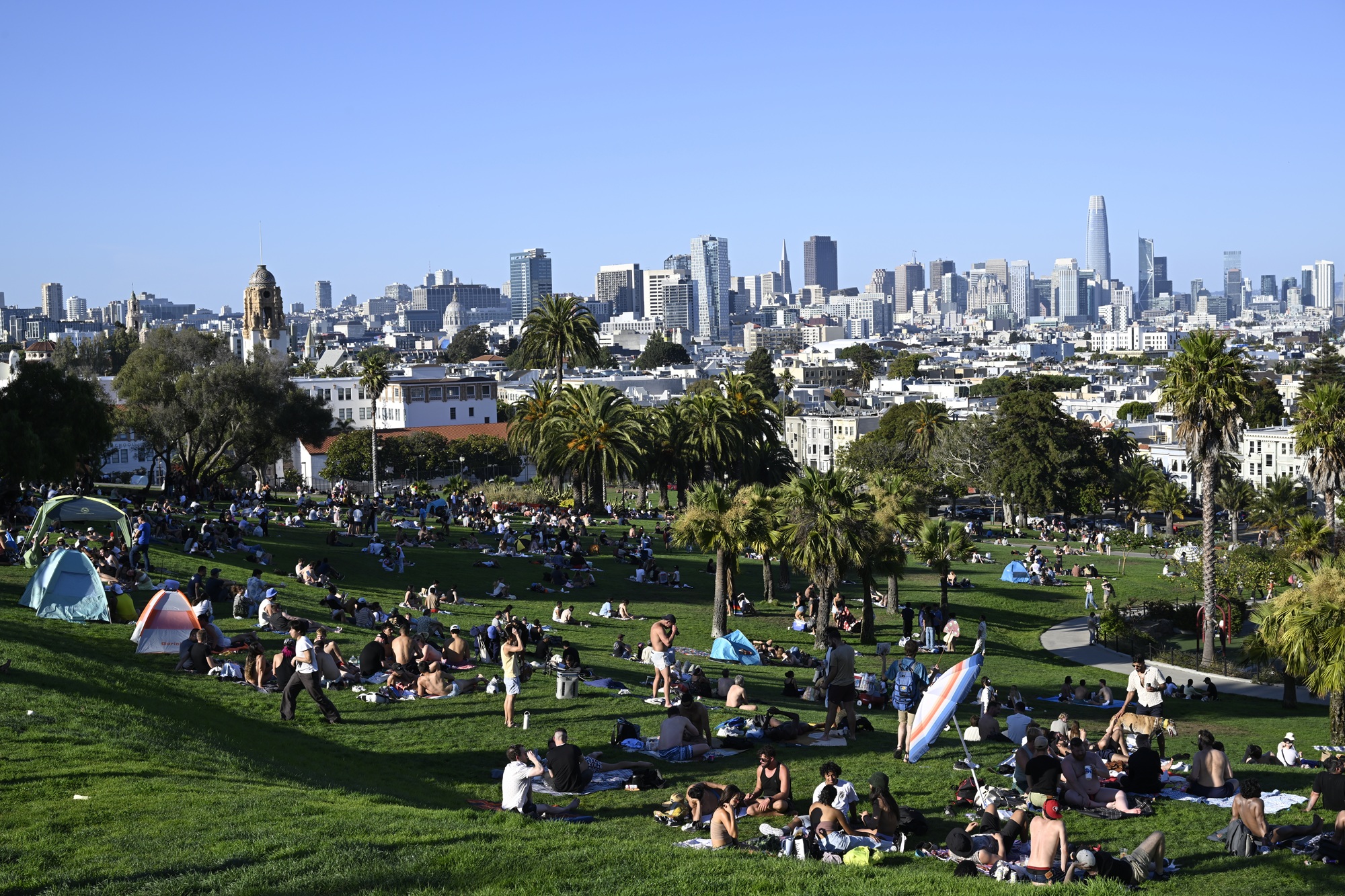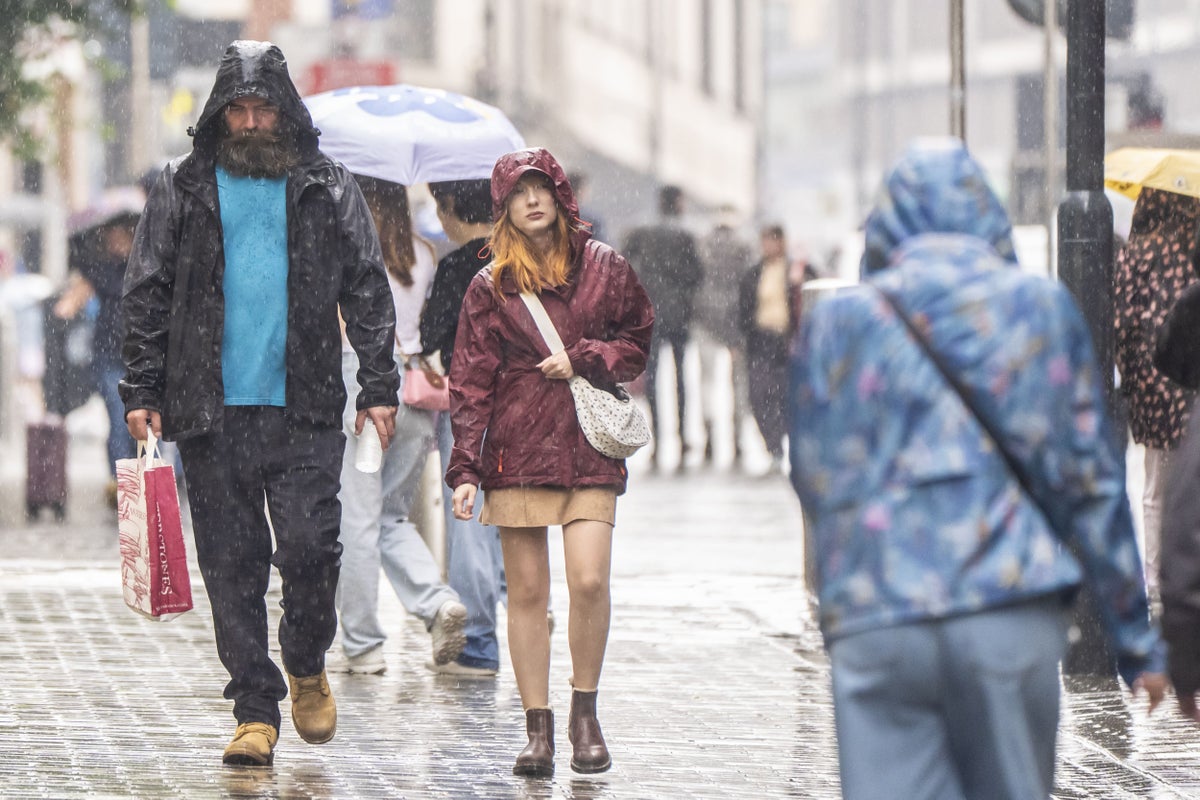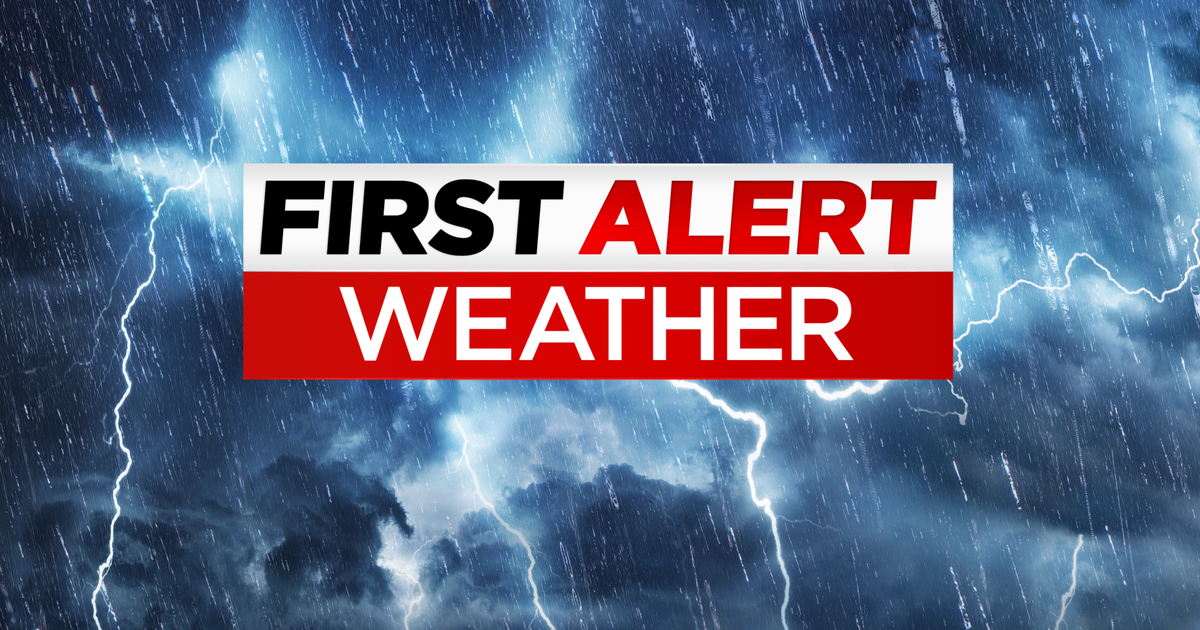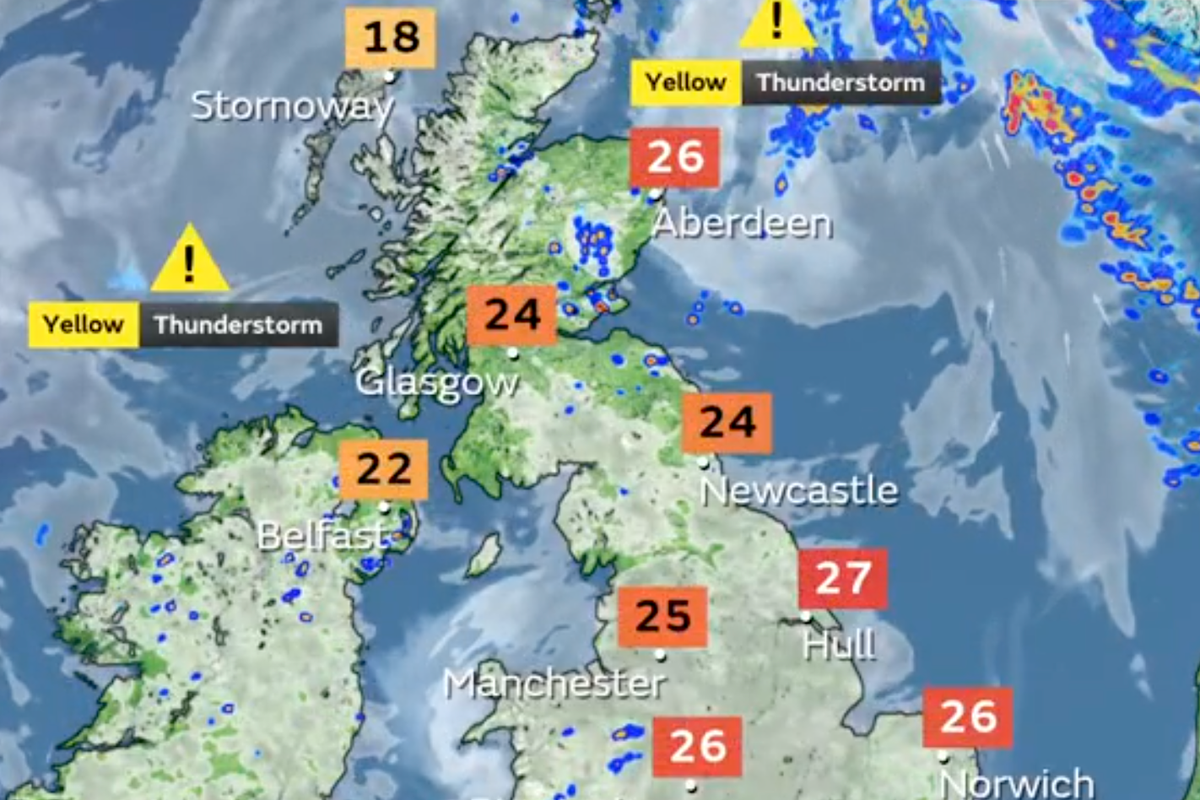#thunderstorms
#thunderstorms
[ follow ]
#weather #severe-weather #flooding #met-office #uk #lightning-safety #forecast #weather-warning #heatwave #rainfall
fromLos Angeles Times
11 hours agoWhy is Southern California feeling more like muggy, stormy Florida this week?
Southern California could feel more like Florida the rest of this week, forecasters said, as moisture from a tropical storm in the eastern Pacific shifts north, boosting humidity and the chance for unstable weather in the region. "The next several days, we're getting the remnants of the energy from Tropical Storm Mario," said Rich Thompson, a National Weather Service meteorologist in Oxnard. "It's giving us this threat of thunderstorms." Those storms could create fires from dry-lightning strikes or flash floods and debris flows depending on how strong they turn out to be, the National Weather Service warned.
Environment
fromLos Angeles Times
1 day agoThunderstorms, heat, fire weather and winds threaten SoCal as weather gets wild
Tuesday is expected to be the hottest day of the week, with warmer valley areas in L.A. County expected to reach the triple digits and temperatures in inland coastal areas ranging from the 80s to lower 90s, according to the National Weather Service. The hot weather will continue on Wednesday and coincide with a risk of thunderstorms that will persist through midday Friday.
Environment
fromLondon Business News | Londonlovesbusiness.com
3 days agoWarning of 'isolated tornadoes' with 'intense rainfall' as Met Office wind warning come into force - London Business News | Londonlovesbusiness.com
there is potential for organisation of convection, possibly some thunderstorm developing, forming into linear multi-cell convective clusters or even one or two transitory supercell structures capable of producing locally damaging wind gusts and one or two brief isolated tornadoes. Intense rainfall leading to flash-flooding will also be a hazard with this activity. Strong and gusty winds are likely to cause some disruption to travel and interruptions to power.
UK news
Boston Red Sox
fromOver the Monster
2 weeks agoRain could delay the start of tonight's Pirates vs. Red Sox game featuring Paul Skenes and Payton Tolle
Rain and thunderstorms are affecting southeastern New England this afternoon, but instability should decrease this evening, making a rainout unlikely though a delay is possible.
fromLos Angeles Times
3 weeks agoMonsoonal storm upends Burning Man, soaks Yosemite and sparks lightning fires across the West
In Yosemite National Park, hikers were surprisingly soaked this weekend as summer storms blew through the area. Meanwhile, thunderstorms across California's mountains launched rapid-fire lightning strikes that sparked several forest fires. And as Burning Man kicked off in Nevada's desert northwest, a major dust storm forced traffic to a halt as attendees tried to avoid the desert's wrath. The impetus for this widespread wild weather was a late-arriving monsoonal pattern, fueled by the region's lingering heat that pulled atmospheric moisture north - and, with it,
Environment
[ Load more ]



























